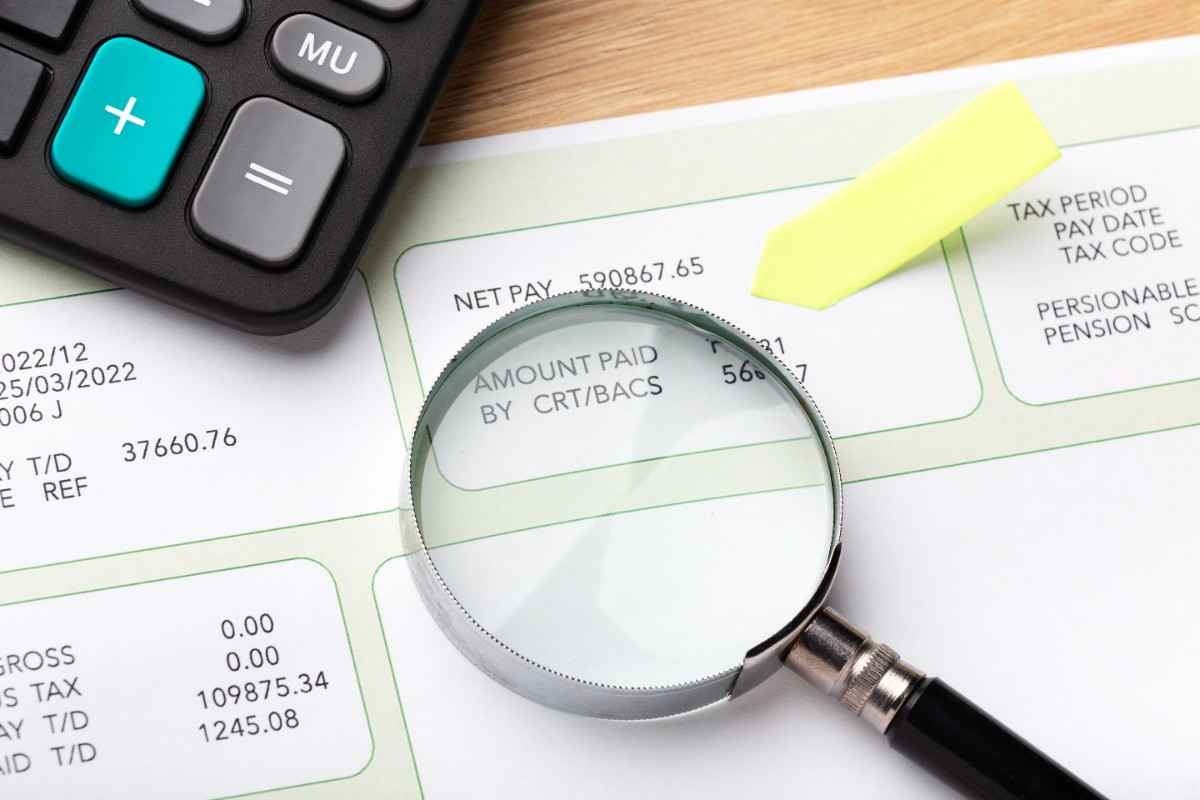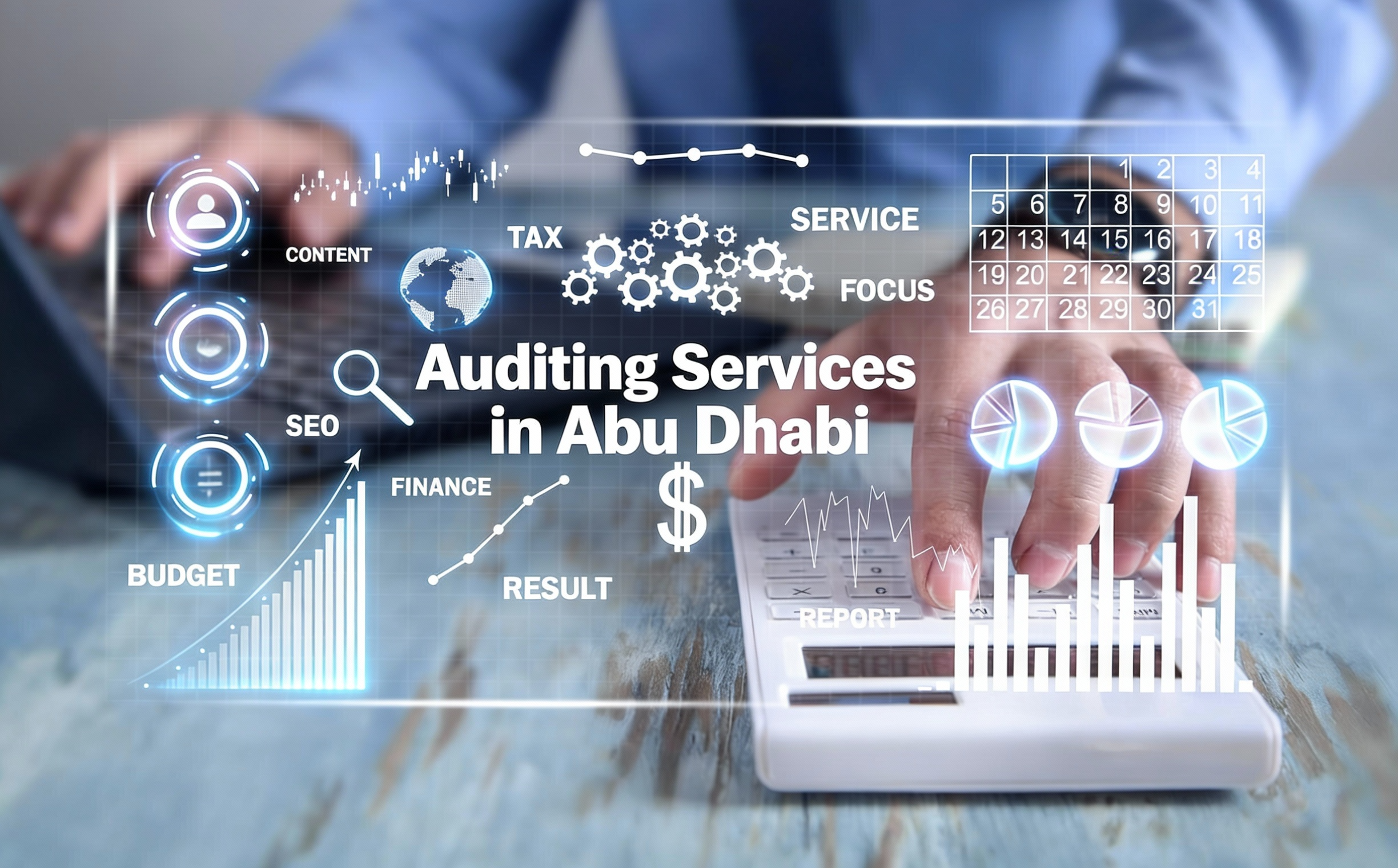- The Audit of a company will provide a comprehensive picture to the investors about the business. To properly prepare the audit reports, the auditors are required to find the relevant data. This in a nutshell is an Audit Evidence gathering procedure.
Audit procedures for obtaining audit evidence are an essential part of an auditor’s arsenal.
The steps of Audit Evidence Gathering Process :
- Designing the audit procedures or tests;
- Carrying out the audit procedures or tests and gathering evidence;
- Analysing evidence and concluding, which may also involve evaluating performance against the audit criteria; and
- Making decisions about whether additional information is required and can be obtained (go back to step 1) or whether sufficient appropriate evidence exists.
- Audit procedures typically focus on the critical risk areas identified through a risk analysis.
It is not unusual for audits to be redesigned during the examination stage, as teams encounter unforeseen difficulties in gathering sufficient evidence of appropriate quality. Auditors have to be alert for any signs that the audit evidence-gathering process may not be achieving the level of assurance required for the audit assignment and take appropriate corrective action.
If there are any potential amendments to the audit program, the auditors should communicate these changes or any other issue they encounter with the senior members of the audit team.
In instances where modifications did not take place before the start of fieldwork, the auditors should modify the audit steps as the work progresses, obtain approval for changes to audit programs, and include appropriate information on the nature, timing, and extent of actions to be performed.
Analytical Procedures
The analytical procedures are used throughout the audit process to ensure the correct and accurate records. Their use can be bifurcated into primary and secondary purposes:
Primary
- Risk assessment — To direct attention to higher risk areas and understand the nature, timing, and extent of the audit procedures.
- Substantive testing — To obtain audit evidence of accuracy or to identify potential misstatements/errors as a substitute for tests of details
- Overall conclusion — To assist in assessing the propriety of audit conclusions reached and in evaluating the general report
- Secondary
- Understanding the business — To deepen our understanding of the business
- Entity communications — To develop more meaningful entity communications through a deeper understanding of the business and other audit issues.
- Auditors use analysis at various stages of the audit for different purposes. They use preliminary analytical procedures when planning the audit to confirm the planned audit approach or to identify new risk areas that need addressing during the audit.
At the reporting phase of the audit, auditors use analytical procedures to assess whether the opinion/report taken as a whole is reasonable and consistent with their knowledge of the subject matter and the expected results where applicable.
One of the most basic methods of gathering the necessary data is by inquiry.
Inquiry
This is a method in which the required information is asked from a knowledgeable person. It can be done with a person in the company or outside it.
Inquiry may be performed throughout the audit in addition to other audit procedures. Inquiries may range from formal written inquiries to informal oral inquiries.
An inquiry throughout the engagement helps to:
- Obtain knowledge of the entity;
- Develop the preliminary audit approach;
- Collect specific evidence; and
- Corroborate evidence collected by other means.
- A solid understanding of the control environment is essential to assess the extent to which inquiry will be useful in obtaining reliable evidence.
For example, in an environment in which management’s integrity and trustworthiness are high, the auditor may be able to place relatively more reliance on inquiry. A decision regarding the extent to which the investigation will provide sufficient, appropriate evidence is required.
Inquiry involves
- Considering the knowledge, objectivity, experience, responsibility, and qualifications of the individual to be interviewed;
- Asking clear and concise questions;
- Using open or closed questions appropriately;
- Listening actively and effectively;
- Maintaining a skeptical mindset; and
- Evaluating the interviewee’s responses based on our understanding of the entity and other audit procedures performed and asking follow-up questions.
4. Documentation
Documentation is the auditor’s examination of the client’s documents and records to substantive the information that is in the financial statements. The documents examined by the auditor are the records used by the client to provide information for conducting its business in an organised manner.
Because each transaction in the client’s organisation has support from at least one document, there is a large volume of this type of evidence available.
5. Recalculation
Recalculation consists of checking the mathematical accuracy of documents or records.
6. Reperformance
Reperformance involves the auditor’s independent execution of procedures or controls that forms a part of the entity’s internal control.
7. Analytical Procedures
Analytical techniques consist of evaluations of financial information through analysis of plausible relationships among both financial and non-financial data.
Analytical methods also encompass such investigation as is necessary for identified fluctuations or relationships that are inconsistent with other relevant information or that differ from expected values by a significant amount.
Jaxa Chartered Accountants is an ISO 9001:2015 certified firm and has made a name for itself in the business domain. JAXA is a leader in auditing services in the UAE. Contact us to find out more about our services and how we can help conduct audits of your company in the Emirates.
Read more on Audit Evidence
Inquiries can often be efficiently combined with other testing procedures such as observation and will frequently accompany further audit procedures to obtain sufficient appropriate evidence.
Although inquiry has always been an integral part of the audit, it is becoming an increasingly important method of collecting audit evidence due to the increasing use of “soft information” in financial statements. Precisely, soft conclusions form information on estimates, expectations, and assumptions.
Also, there is more reliance on management controls where little documentation may exist to support the existence of the review and follow-up action taken when results are out of line with management expectations.
In such cases, an inquiry may be the primary (or only) source of evidence that the controls are in place and working effectively.
Methods of Collecting Audit Evidence
There are some common ways of obtaining sufficient appropriate audit evidence to support the conclusion on the accurate and fair view of the financial statements.
Auditors used different methods of collecting audit evidence.
Cumulative audit evidence includes audit evidence obtained from audit procedures performed during the audit and may include:
1. Inspection
The inspection involves examining records or documents, whether internal or external, in paper form, electronic form, or other media, or a physical examination of an asset.
Inspection of records and documents provides audit evidence of varying degrees of reliability depending on their nature and source. In the case of internal forms and documents, it inspects the effectiveness of the controls over their production.
An example of inspection used as a test of controls is the inspection of records for evidence of authorisation.
2. Observation
Observation consists of looking at a process or procedure being performed by others, for example, the auditor’s comment of inventory counting by the entity’s personnel, or of the performance of control activities.
Observation provides audit evidence about the performance of a process or procedure. Still, it is limited to the time when the statement takes place, and by the interpretation that it may affect how the process changes in the future.
3. External Confirmation
An external confirmation represents audit evidence obtained by the auditor as a direct written response to the auditor from a third party (the confirming party), in paper form, or by electronic or another medium.
External confirmation procedures frequently are relevant when addressing assertions associated with individual account balances and their elements.





